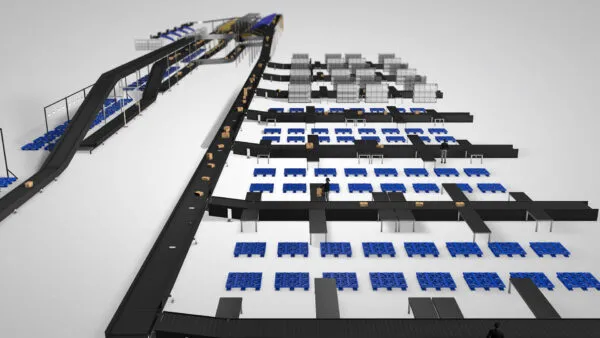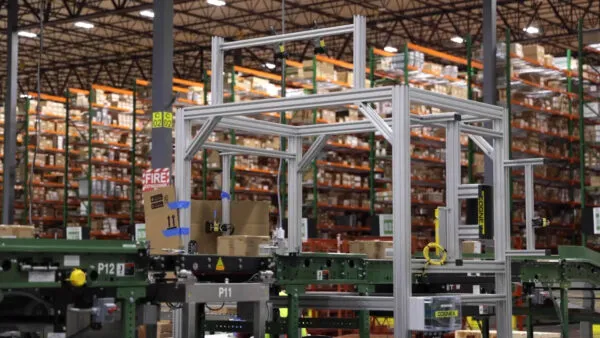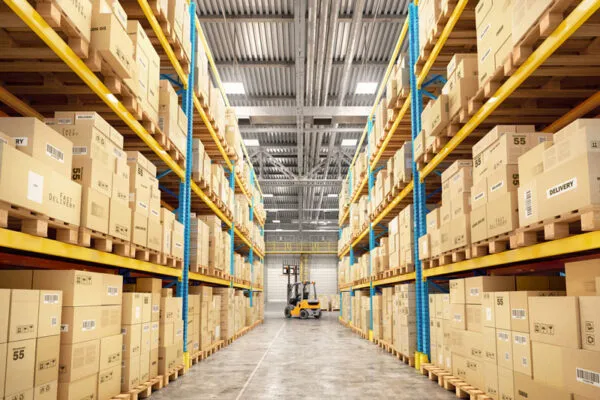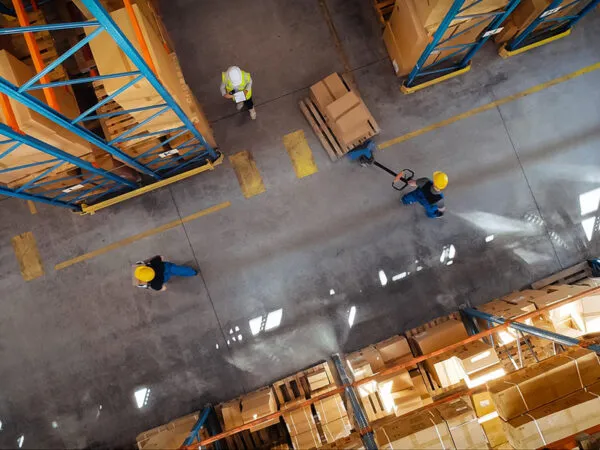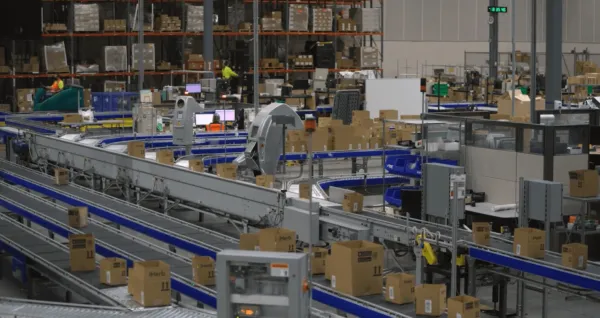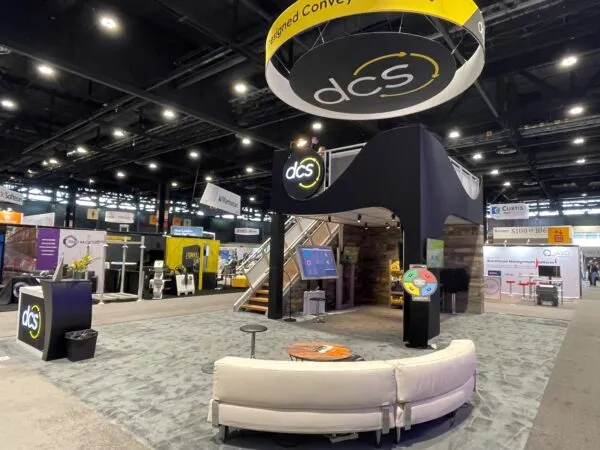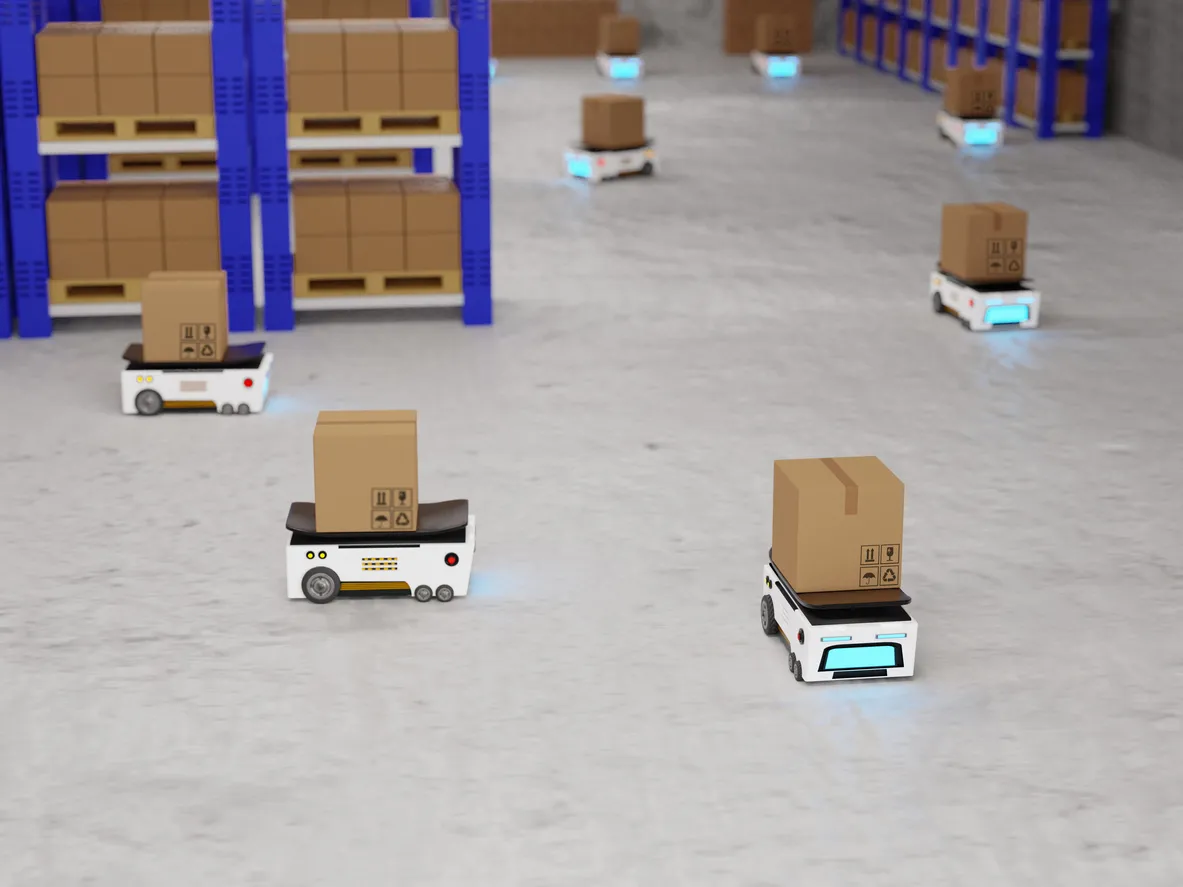With more warehousing, distribution, and fulfillment operations struggling to maintain the high throughput rates needed to satisfy customers amid an ongoing labor shortage, operations are looking for solutions. Among the most popular are automated goods-to-person (G2P) technologies that bring products to an associate instead of the associate traveling to the picks (or “person-to-goods” picking). Eliminating the walking — which can represent as much as 70% of an order selector’s time — allows associates to remain at a dedicated workstation where their sole task is to pick. As a result, productivity per associate increases significantly.
Although the adoption of G2P solutions was already gaining significant momentum in North America prior to the pandemic, it has certainly accelerated tremendously since. Organizations that traditionally were more inclined to accommodate increasing customer demand by hiring more workers, adding extra shifts, or offering (and sometimes mandating) overtime simply can’t do that any longer. Today, workers have become more difficult than ever to find. Instead, operations now recognize they must maximize the productivity of their current employees. Hence the increased interest in G2P automation systems.
There are many G2P automation solutions providers and systems in the marketplace. However, sorting through the options can be overwhelming. Here are some thoughts on how to choose the right G2P solution for your operation.
Two Primary Types of G2P Automation
G2P automation, broadly speaking, falls into one of two categories: Mobile Automated Vehicles (MAVs) and Automated Storage and Retrieval Systems (AS/RS).
- MAVs include battery-powered Autonomous Mobile Robots (AMRs) and Automatic Guided Vehicles (AGVs). While the distinctions between the two are increasingly blurring, their primary differentiator is generally their navigation style. AMRs travel freely and autonomously in any direction throughout an operation, while AGVs follow a pre-programmed, established route through a facility. Either can transport totes, cartons, bins, or even full shelving units of items required by an order to a workstation for picking. Once the pick is complete, the MAV returns the source tote or shelf to its storage location.
- AS/RS, specifically those that utilize robotic shuttle technologies, are structures that hold totes (or sometimes cartons) of product within a highly dense, grid-like footprint. The shuttles — either dedicated to different levels or capable of independent travel (called “roaming” shuttles) — navigate on powered rails within the storage system. An integrated inserter/extractor on each shuttle places or retrieves the totes with required items. The shuttle then moves each tote of product between its storage location and a lift that transports it to a designated workstation for picking. After the associate selects the required item, the shuttle system returns the tote to its storage location via a combination of lifts and shuttles.
Factors to Consider When Comparing G2P Automation Types
When evaluating these two types of G2P automation solutions, there are several factors to consider:
- Capital Investment. As more G2P automated solution providers have emerged in the marketplace, competition has increased. That means the price of entry has come down in many instances, allowing more operations the ability to leverage these systems. That said, a shuttle-based AS/RS is typically a capital-intensive expenditure, far more so than AMRs or AGVs, which nearly always require a lower upfront investment.
- Flexibility. Constructing additional storage positions and inducting more shuttles allows a shuttle-based AS/RS to expand its capacity. This enables greater storage density and higher throughput. Likewise, adding more vehicles to a small fleet of MAVs can increase throughput. Additional storage racks can also be added to increase storage capacity. And, space permitting, integrating more workstations with either solution further boosts throughput capacity.
- Portability. AMRs and AGVs are not tied permanently to a deployment location. They can be easily reallocated to other facilities as needed. Conversely, AS/RS G2P systems are almost always considered a permanent structure in the facility where they are installed. For this reason, whether the company running the operation owns or leases the facility should be a contributing factor when selecting a G2P solution.
- Available Space. A facility with limited available square footage yet substantial usable clear height is better suited for an AS/RS G2P solution. That’s because these systems maximize the cubic volume of the building and significantly increase storage density by holding more inventory in a highly compressed space. AS/RS systems also often incorporate space-efficient workstation layouts which can further equate to a smaller footprint. Conversely, an operation with wide aisles and lots of open floorspace can more easily accommodate MAVs, which need a certain amount of room to navigate freely. Otherwise, congested aisles, personnel, or other vehicles may impede their travel. Additionally, G2P systems using AMRs — especially those where the bot climbs the rack as well as travels horizontally — may have storage rack height limitations which preclude using all the clear height of the building.
- Desired Throughput. When evaluating these two types of G2P solutions, it’s important to consider the number of storage locations required and the desired throughput rate. As a general rule of thumb, the greater the number of storage locations and the higher the throughput needed, the more likely it is that a highly dense, shuttle-based AS/RS G2P solution is the best choice. Conversely, AMRs and AGVs are a good fit for operations with a low to medium number of storage locations and lower required throughput.
- Implementation. AMR and AGV systems typically offer shorter lead times for installation and go-live than large, expansive AS/RS G2P systems.
Engage an Experienced System Integrator to Help Evaluate G2P Options
Determining which type of G2P automation system is right for your operation can be a complex undertaking. It’s also important to recognize that implementing either a shuttle-based AS/RS or a fleet of MAVs will impact your entire operation. That’s why it can be extremely helpful to engage an experienced and independent system integrator, like DCS, to help evaluate your G2P options.
Because DCS is brand-agnostic, we approach each application with an unbiased view. That enables us to recommend the right G2P automation technology for your application, regardless of the manufacturer. By taking a holistic approach that considers your entire distribution operation end-to-end, we can help you select the best-fit solution based on the criteria detailed above, as well as other factors, such as:
- Lead time.
- Return on investment.
- Project scope.
- Operational complexity.
- Software functionality and implementation.
Need more help choosing the right G2P system for your operation? DCS’ solutions experts are available to answer your questions. Connect with us.
Author: Peter Ell, Systems Engineering Manager, peter@designedconveyor.com
